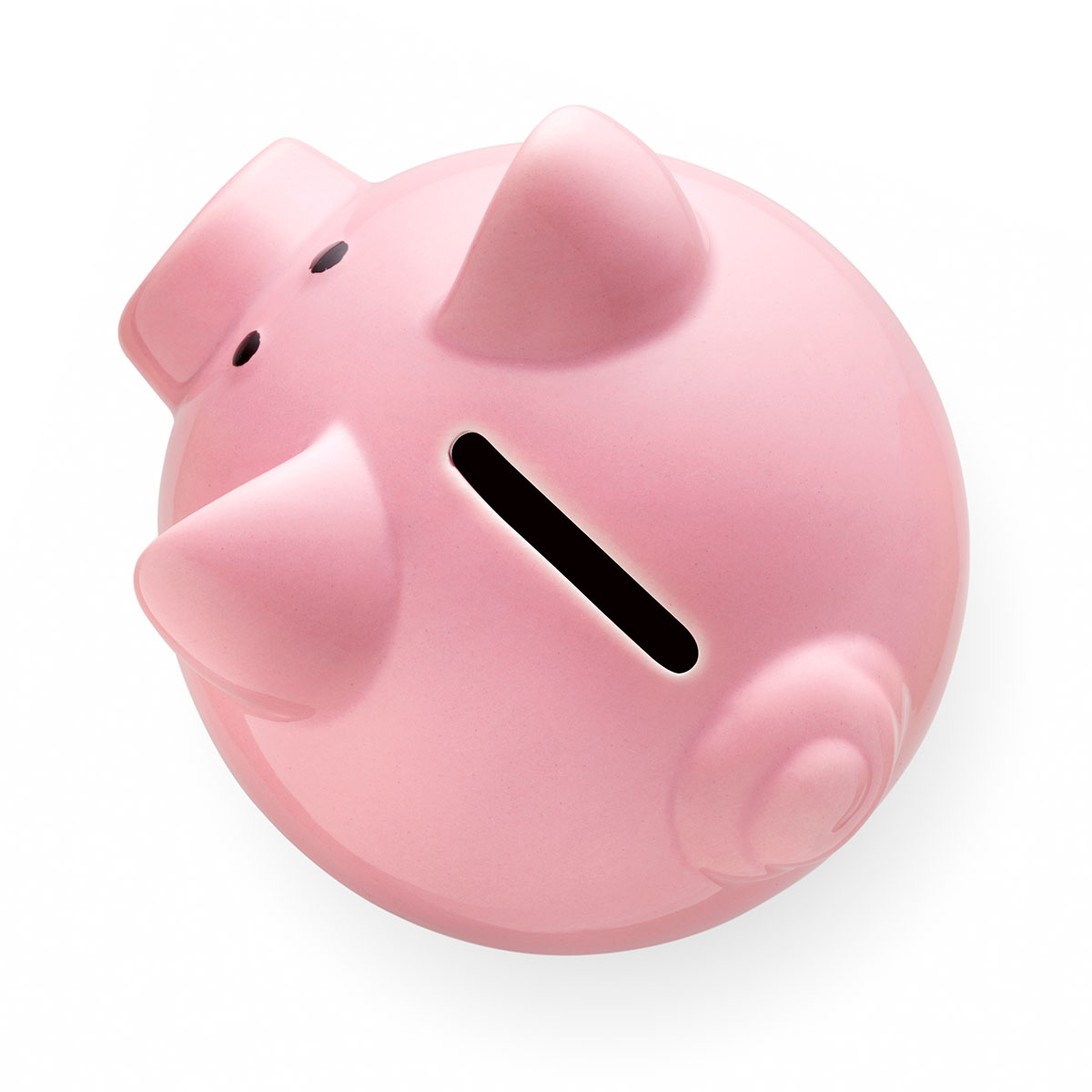It takes good habits and healthy choices to make sure you’re doing the best to care for yourself. Like any other part of your body, your smile is no different. The key is to implement smart decisions and practices each day that promote good oral health and limit your risk of developing common dental diseases.
Here are 5 ways to get started…
-
Use the Right Toothbrush
Not just any toothbrush will do. Specifically choose one that’s soft and the correct size for your mouth; it’s better to have a smaller brush that’s easier to fit around your smile’s curves than a bulky brush head that won’t.
Electric toothbrushes are no different; when it comes to investing in the right one, you get what you pay for. Ask your dentist about his or her preferred brands. Cheaper electric brushes tend to have stiffer bristles with more aggressive mechanical action, both of which can lead to tooth sensitivity and gum recession.
Always apply gentle pressure when you’re brushing, even if you have a brush with soft bristles. Harsh scrubbing can permanently alter the structure of your teeth and contribute to gum loss.
-
You Are What You Eat
Avoiding sugar isn’t the only nutritional rule when it comes to having a healthy smile. Your teeth and gums rely on things like adequate calcium, vitamins, fiber, and fresh fruits/vegetables to stay healthy. Limit your intake of processed foods and opt for whole grains instead.
-
Drink More Water
Hydrating with water keeps your mouth lubricated and washes away both acids and bacteria throughout the day. Opt for tap water, which contains regulated mineral (and fluoride) levels to strengthen your teeth and bones. Bottled water does not; it can be from a municipality or natural source, but distributors do not necessarily monitor mineral levels inside of bottled water as they would if it came straight from the tap. Oddly enough, some brands are even slightly acidic!
While “healthy” drinks like juice or sports drinks may seem like a good option, they still contain natural or artificial sugars that increase the acid levels inside of your mouth and rate of tooth decay in teeth. Water won’t.
Dry mouth (xerostomia) sufferers should especially drink more water, as their condition is a significant risk factor for cavities.
-
Flossing Isn’t Optional
The most thorough tooth brushing habits will never be able to reach areas between the teeth or just under the gums in these tight areas. Daily flossing is essential.
Wrap the floss in a “C” shape around each tooth, sliding it up and down several times (including just under the gumlines.) Be sure to floss behind the very last tooth as well, even though there isn’t another tooth next to it.
Both mechanical flossing and pressurized water flossers will physically remove infectious biofilm that would otherwise contribute to demineralized enamel or gingivitis (and ultimately gum disease.)
Unfortunately, a large percentage of people find that flossing irritates their mouths and makes their gums bleed. This is normal if gingivitis is present. It can take dedicated flossing for up to two weeks before symptoms reverse. If they do not, a more severe form of gum disease is likely present, and you should make an appointment with your dentist ASAP.
-
See a Dentist Every Six Months, Whether You Like it or Not
Preventative dental care is one of the most important steps in keeping your smile healthy. Routine visits with your dentist provide him or her with an opportunity to evaluate your oral health and take precautions if symptoms of weak teeth or gum infections begin to develop.
If a problem is spotted, the treatment for these issues is often less invasive and more affordable, compared to waiting months until they start to cause painful symptoms and then treating them.
Unfortunately, a lot of people avoid routine dental exams and cleanings because they don’t have insurance. While they think of it as saving money, it actually costs them more in the long run because they’re paying for treatments they could have otherwise avoided.
For families and individuals without dental insurance coverage, an affordable alternative to consider is a dental savings plan. Dental savings programs like Cigna dental discount plans include savings of 15-50% for essential oral health services like checkups and exams – and virtually all dental treatments. Contact a Cigna Dental Plans savings expert today to find a plan that fits your budget!







